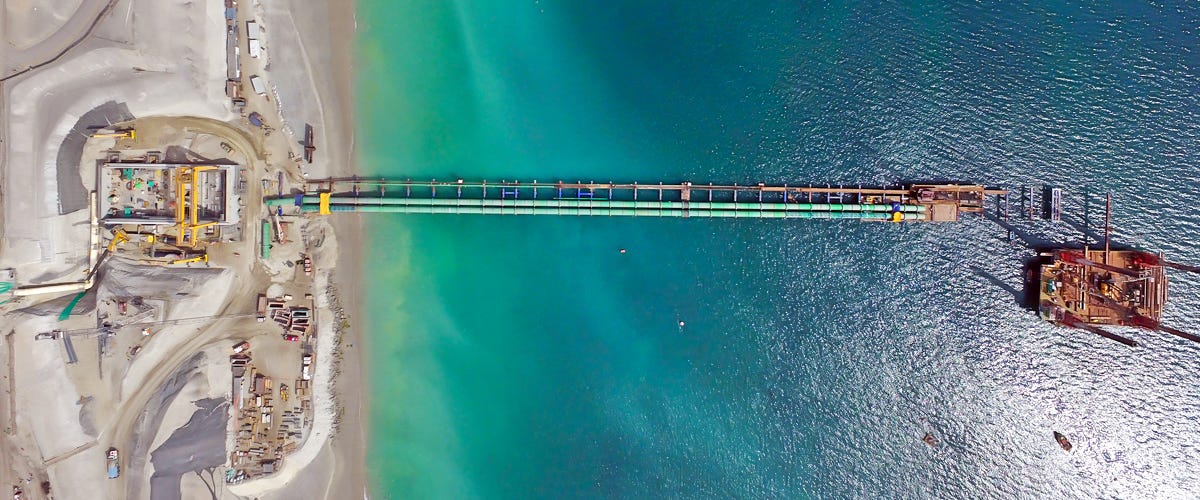The Intake & Outfall System
Often overlooked yet always on the critical path, the intake and outfall system can make or break the success of a desalination project — technically, financially, and environmentally.
When we talk about desalination, most people think about reverse osmosis membranes, high-pressure pumps, or energy recovery devices.
Yet, one of the most underestimated — and often the most complex — elements of any desalination project lies at the Intake and Outfall (I&O) system.
This system doesn’t just move seawater in and brine out; it defines whether the plant can operate, comply with environmental regulations, and stay on schedule and budget.
In this essay, I explore:
How these systems are designed.
Why they often sit on the project’s critical path.
What makes their cost, construction method, and coordination so decisive.
From HDPE and GRP pipelines to Microtunneling, you’ll find lessons learned, common design mistakes, and insights from real-world projects.
One of the recurring paradoxes in this system is chlorination. We chlorinate the intake to prevent marine growth inside the pipelines, yet this process can create downstream challenges, including biofouling risks in the RO membranes.
In desalination, solving one problem often creates another, and design is a constant act of balance.


